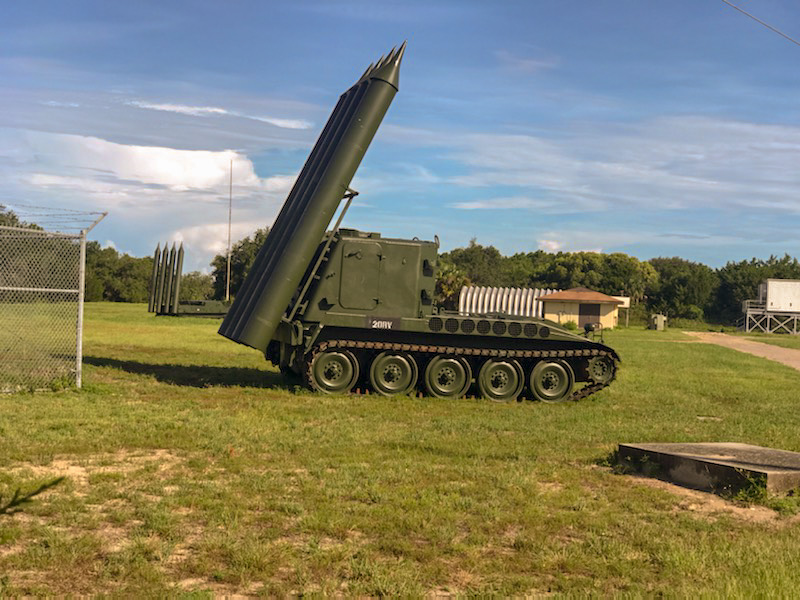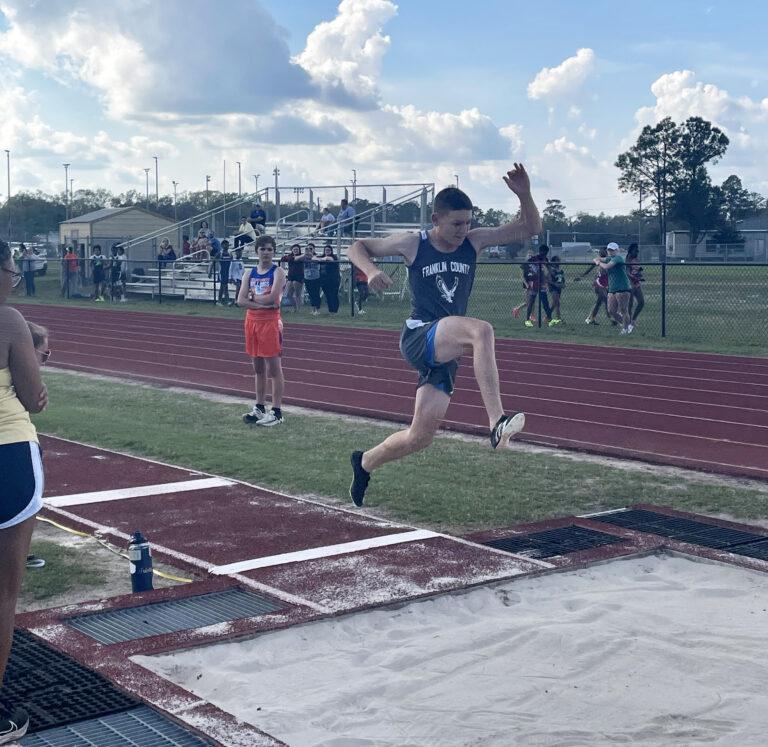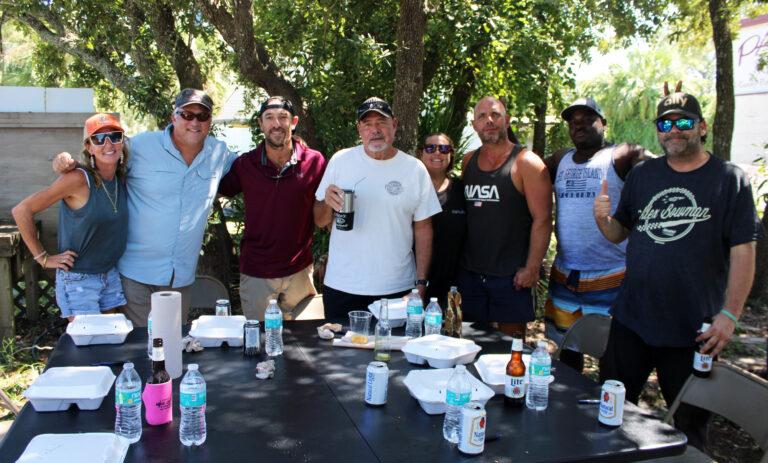Carrabelle missile launcher helping build ‘Range of the Future’
The 325th Fighter Wing recognizes the imperative need for innovation and readiness against potential adversaries who continue to modernize their military capabilities. By utilizing new equipment provided by Air Combat Command, Tyndall Air Force Base continues to develop the “Range of the Future.”
In early 2024, the 325th FW placed a new visual training aid along the coast of Florida to support training with realistic threats in environments similar to what pilots might encounter in contested areas of responsibility.
Tyndall adjoins the Gulf Range Complex, which comprises 180,000 square miles of airspace over the Gulf of Mexico. This range is one of the few ranges in the U.S. capable of supporting large-scale air combat training. Direct access to this range is essential for fifth-generation fighter readiness, fourth and fifth-generation fighter interoperability as well as for live-fire testing and training.
“Transitioning from the F-22 [Raptor] to the F-35A [Lightning II] brings the need for emitters and visual training aids to build an actual range that they can use,” said Mark “Puck” Stults, 325th Operations Group director of the Tyndall enterprise live mission operations center. “While the F-35 is a great air-to-air aircraft, they are also a multi-role fighter that can do air-to-ground and other missions. We received some low-cost threat emitters and visual training aids that give a visual reference to what they may encounter, whether it’s in a training environment or combat operations. We want to give them the best look of what they can expect.”
The new training equipment consists of high-fidelity, accurate targets for training and represent real-world threats such as tanks or missile launchers. The foundational purpose of a threat emitter is to replicate a surface-to-air missile system. Fifth-generation aircraft are equipped with sensors to detect SAMs and alert the pilot to the threat type, location and action required. In conjunction with the use of full and subscale drones, Tyndall can now offer realistic ground threats to complement aerial training and exercises.
“We can play pretend all day, but the targets are what it’s all about,” said Lt. Col. Alexander Goldfein, 325th OG deputy commander. “A large portion of our training is using our sensors to physically make sure what we want to engage is the right thing. These targets are great because it gives us a chance to take our jets, use their sensors and confirm that everything looks correctly so that if we went into a combat situation, we’d be able to identify the right target and employ against it.”
This new equipment will not only enhance exercises such as Checkered Flag and the Weapons System Evaluation Program-East, but it will also benefit other bases along the Gulf Coast including Eglin Air Force Base in the future.
“My goal is to provide the warfighters with what they need in a three-dimensional environment,” said Stults. “Whatever the present threat or challenge is when preparing to go to a certain theatre, we are going to intentionally change our training environment and the structure of our range to meet the need. The current long-term goal is to populate the coast from Tyndall to Carrabelle and further inland as well with simulated targets.”
Utilizing advanced combat simulations, intensive joint exercises and advances in technology, the 325th FW’s training regimen continues to ensure the U.S. remains at the forefront of global security.
Zachary Nordheim is a senior airman with the 325th Fighter Wing.






Meet the Editor
David Adlerstein, The Apalachicola Times’ digital editor, started with the news outlet in January 2002 as a reporter.
Prior to then, David Adlerstein began as a newspaperman with a small Boston weekly, after graduating magna cum laude from Brandeis University in Waltham, Massachusetts. He later edited the weekly Bellville Times, and as business reporter for the daily Marion Star, both not far from his hometown of Columbus, Ohio.
In 1995, he moved to South Florida, and worked as a business reporter and editor of Medical Business newspaper. In Jan. 2002, he began with the Apalachicola Times, first as reporter and later as editor, and in Oct. 2020, also began editing the Port St. Joe Star.